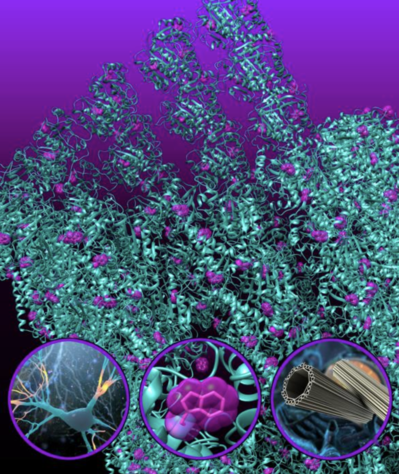Pinball1970
Valued Senior Member
My criticism of your approach is that you do not take on board advice from educated posters. They have actually studied this stuff and you always ignore their guidance.Please, I have no delusions of grandeur. To my understanding this is no more than any other science fiction story, except that this is not fiction according to people who do understand QM. It is fascinating nevertheless.
Some of the concepts you read about and cite, like Pilot wave theory, have an absolute stack of stuff you need to have at least a grounding in to know what is going on.
Nothing wrong in being interested but Why don't you start from the ground up?
Rather than falling out of a tree?






